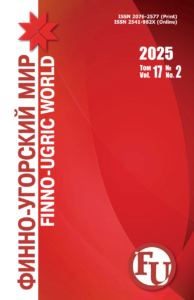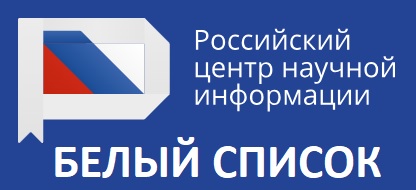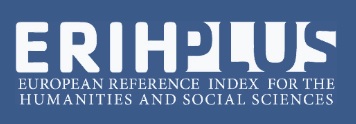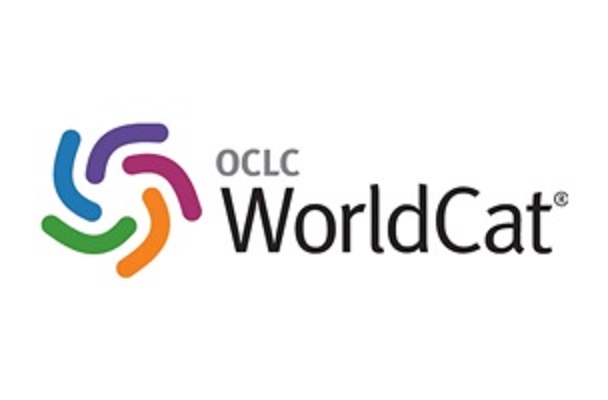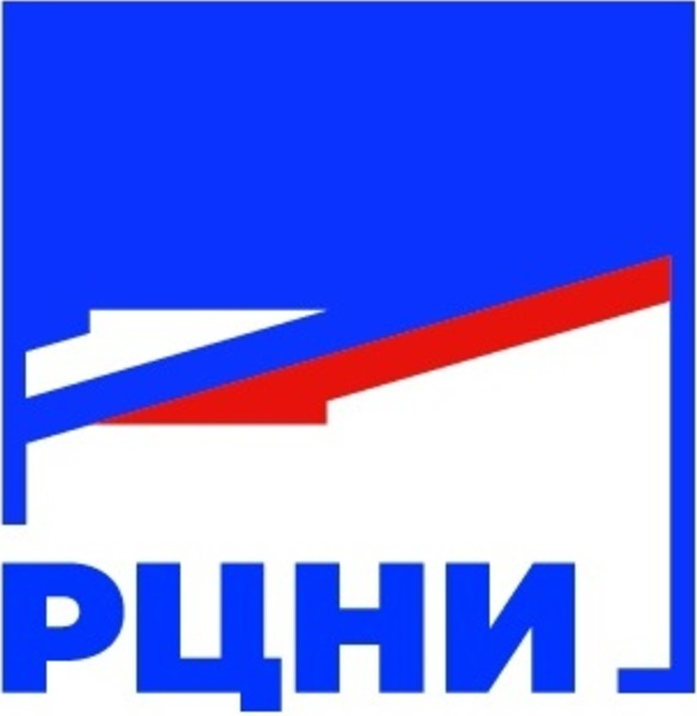DOI: 10.15507/2076-2577.012.2020.01.073-080
The legitimization of the endo-ethnonym “Mari” in the first quarter of the XX century
Rodion I. Chuzaev,
Candidate Sc. {History},
Director of the Institute of National Culture and Intercultural Communication,
Mari State University,
(Yoshkar-Ola, Russia), chuzaevr@mail.ru
Introduction. Mari people formed in the IX–XI centuries AD and settled due to historical circumstances mostly within the Volga-Kama region. For many centuries it had two ethnonyms: Cheremis and Mari. In the first quarter of the XX century the representatives of the Mari people selected one ethnonym in favor of another one, which was authentic and complimentary; it turned out to be a very complex historical fact.
Materials and methods. The use of a systematic analysis of the sources of the studied period, an attempt to restore events in chronological dynamics, studying the events of the Mari ethnic history in the context of all-Russian history allows us to formulate the most objective answers to the research problems.
Results and discussion. One of the earliest precursors to the solution of the ethnonymic alternative was “Marla Calendar” yearbook, the first publication to receive official recognition, where the self-name of the people took its rightful place on the cover of the printed edition. The turning point in using of the ethnonym was the First All-Russian Congress of the Mari People in July 1917. The materials of the Congress, both in the original language and in translation into Russian, do not contain a single use of the term Cheremis. February Regional Congress of Mari (1918) made a historic decision to abandon the existing name Cheremis people and replace it with the self-name of the people, Mari.
Conclusion. The historical process of legitimization of the ethnonym Mari developed according to a certain pattern: “the position of a broad ethno-social base → a small number of the intelligentsia capable of formulating ideas → the agenda and resolutions of the national movement → legal acts, official record keeping, the language of science …”.
Key words: ethnonym; endoethnonym; exoethnonym; Marie; Cheremis; Mari ushem; Mari national movement; Mari autonomous region.
For citation: Chuzaev RI. The legitimization of the endo-ethnonym “Mari” in the first quarter of the XX century. Finno-ugorskii mir = Finno-Ugric World. 2020; 12; 1: 73–80. (In Russian)


